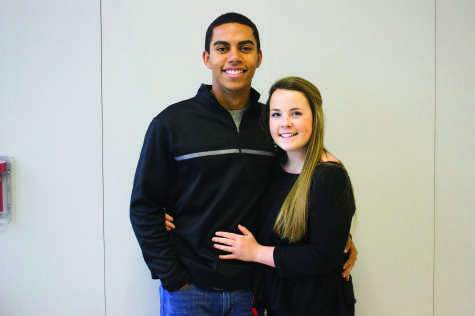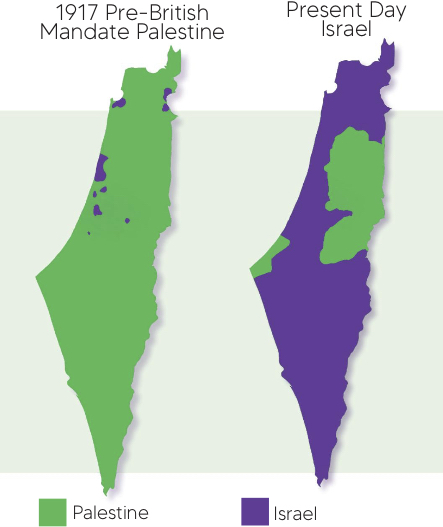Toys litter the floor of my brother’s living room. Three babies crawl and toddle around. Hannah, the oldest, giggles as she hands the toy to her brother, Harrison, who’s barely a year old. His twin sister, Hayden, screeches with joy. Right now, they’re learning what colors are.
These are my nieces and nephew. But they don’t look just like me. Hannah, Hayden and Harrison are mixed.
Half white. Half black.
Right now, I can watch their innocence and know that they are safe from judgment. But as I see the headlines on the news, I grow concerned that life won’t always be this easy for them.
New stories surface every day of racial profiling. From Michael Brown in Ferguson to Tamir Rice in Cleveland and Trayvon Martin in Florida. All black teenagers killed by white men with the controversy of racial profiling.
As Harrison plays with toys and learns his colors, he doesn’t even know that those prejudices could be applied to him.
My family has our own fears. We’re afraid that my nephew won’t be able to walk around wearing a hoodie without being looked at as a thug. We wonder if he could be killed just by being in a mostly white neighborhood at too late an hour.
But if there’s one thing I know for sure, it’s that these racial prejudices are taught. Children go through their early years seeing the differences in skin color without seeing them negatively.
For instance, my best friend, Kristen, works at Montessori Episcopal Preschool where she works in after school care. She takes care of children of all races – Hispanic, Asian, black, white and Indian. She often tells me of their carefree attitudes towards the color of each other’s skin.
One day, the children decided to draw portraits of each other. They gathered their crayons and blank computer paper and began to draw. A face: eyes, ears, nose and a mouth. A body: legs, arms, hands and feet. Clothes and shoes followed. Everything flowed naturally for them, until they had to fill in the skin color. They looked each other up and down and meticulously picked their crayons. They discussed which colors would work best for each person without any malice behind it.
At that age, they don’t understand that the color of their skin could mean the difference between getting a job or not. The difference between getting into college or not. The difference between life or death. And that makes me wonder at what stage in life do they begin to see those differences? Why do we teach them to see it negatively in the first place?
And right now, in suburban Georgia, as Hannah, Hayden and Harrison learn their colors, they’re safe from knowing those prejudices exist. But I hope by the time they’re deciphering the differences they won’t see them as a negative. I hope that we all teach our kids that our skin is nothing more than a color out of a crayon box.








